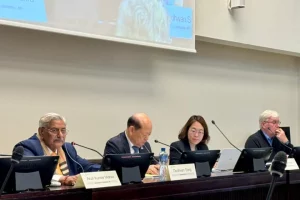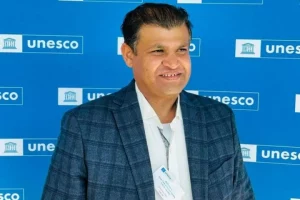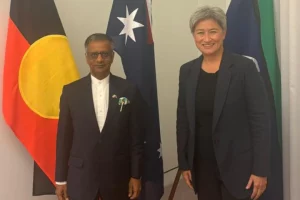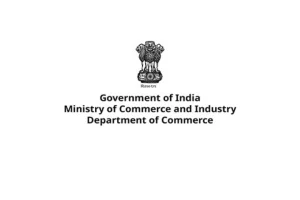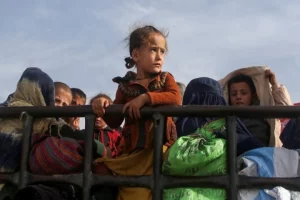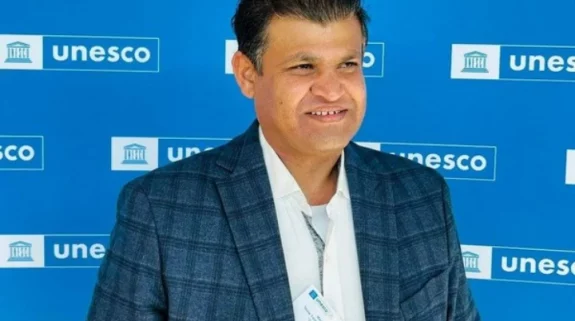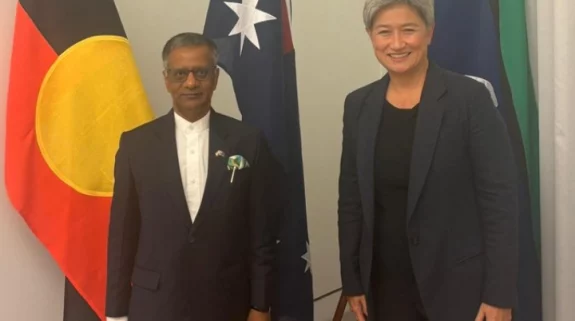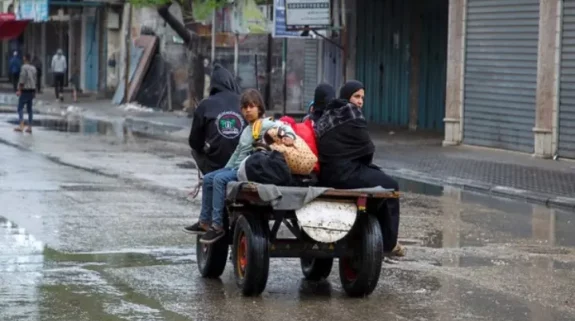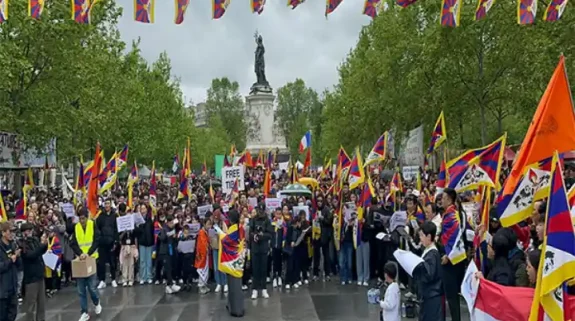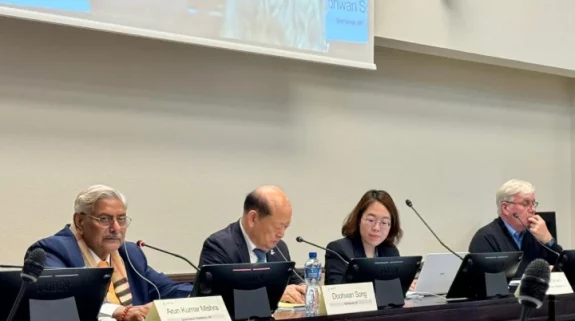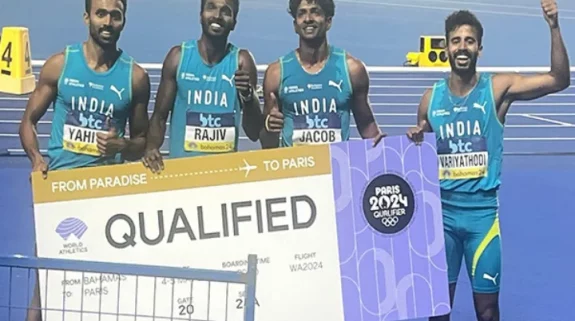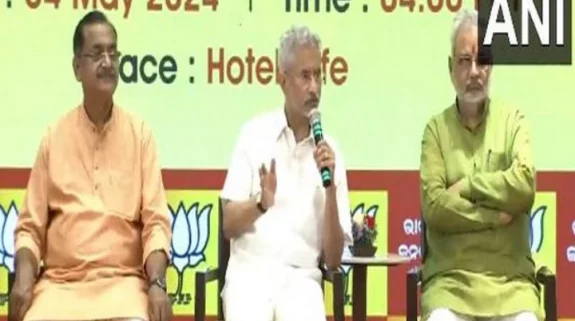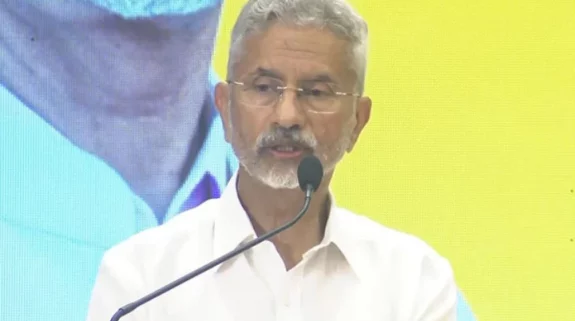“West Bengal has not changed much even after the end of the 34-year long Left Front rule. Core issues which include lack of jobs, lackadaisical approach to work culture, deterioration of education institutions and blatant appeasement of Muslims continue to irk the citizens of the state,” said a professor teaching in one of the popular colleges in West Bengal. The professor added that, along with these problems, law and order has also become a cause for concern
The general notion in West Bengal, which goes to polls next year, is that Chief Minister Mamata Banerjee has focused more on religion with regular sops to Muslims than the real development of the state. The situation in rural Bengal is more precarious compared to the urban areas.
Sample this. At a time when the whole country was trying to grapple with the novel coronavirus in May and all news was about Covid-19, Telinipara, a small locality near Hoogly, made headlines with communal violence breaking out. In fact, communal disruptions of small intensity are now common in the state.
<strong>Communal cauldron</strong>
Most instances of communal tension have gone unnoticed by the mainstream national media, yet the riots in Baduria—60 km away from Kolkata—hit national headlines in 2017. Communal tension erupted in the wake of a Facebook post put up by a 17-year old boy, leading to torching of police vehicles and looting of houses. The incident left several dead.
“The Baduria riots are one in a long line of communal disturbances that the state of West Bengal has seen. This includes the 2010 Deganga riots, 2013 Canning riots and riots in Dhulagarh and Kaliachak last year. While these riots are low intensity in the Indian context—given that they resulted in no deaths—the frequency of their occurrence is a dark portent for Bengali society,” an article published on news website Sroll said.
Banerjee has almost always blamed the BJP for such communal tensions, but the locals are not convinced. “Trinamool Congress is in power, the police force is with them, so how can anyone blame another party for such tensions? It is time that the state government woke up and smelt the coffee,” said an official who works for one of the state government departments.
The official, who spoke to IndiaNarrative.com on condition of anonymity, said that Banerjee’s focus has been misplaced right from the start. Banerjee’s Trinamool Congress is seen as an “ultra-secular” party but on the ground eminent Muslim residents of the state have questioned the community’s representation in the mainstream social fabric.
“Bengali Muslims in the state are disheartened by the government in the past five years. Chief Minister had claimed that 99 per cent of her promises to the community have been fulfilled. But this is a lie,” news website Catchnews quoted Toha Siddiqui, Peerzada of Furfuria Sharif, as saying in 2017.
Banerjee’s promises to the Muslim community have not translated into action. While the Chief Minister incorporated several recommendations of the Sachar Committee report—Justice Rajindar Sachar headed a seven-member committee in 2005 to analyze the socio-economic status of the Muslims—the plight of the Muslims has continued.
A report, ‘Living Realities of Muslims in West Bengal,’ prepared by Nobel Laureate Amartya Sen’s Pratichi Trust along with non-profit organizations SNAP and Guidance Guild in 2017 revealed that only 1.5 per cent of Muslims living in rural areas of the state have regular salaried jobs in the private sector.
In the public sector, the number was lower at 1 per cent. According to the report, over 13 per cent of adult Muslims do not have a voter’s card.
Small wonder, the number of migrant laborers from the state is one of the largest in the country.
While there is no official number on migrant laborers from the state yet, estimates suggest that the economic condition in the rural areas is in a shambles. The worst affected are the Muslims.
“Mamata’s Muslim appeasement policy has fallen flat, why else would such large number of people from the community would move outside the state in search of jobs?” asked a retired bureaucrat from the state.
<strong>Economic growth numbers a sham?</strong>
While the state government has been showcasing its economic achievements, several residents in the state said that there has been little improvement on the ground.
“Mamata Banerjee has been only focusing on appeasing Muslims, that has been the pillar in terms of the Trinamool Congress’ rule since 2011,” a professor teaching in one of the Kolkata’s prestigious colleges told IndiaNarrative.com.
Officially, the state claimed to have achieved a growth rate of 14.6 per cent in 2019-20 over the previous year. However, this has been measured at current prices. Economist Prasenjit Bose in an article published last year said that the “actual economic growth data that matters is the GSDP at constant prices, which adjusts for inflation.”
According to the World Bank, while the current series are influenced by the effect of price inflation, constant series are used to measure the true growth with adjustment for the effects of price inflation.
<strong>Misplaced priorities</strong>
As the state Assembly elections approach, Banerjee is busy doing what she is best at: focusing on religion. Last month, she hurriedly announced a monthly stipend of Rs 1,000 to about 8,000 Brahmin priests who have been hit by monetary problems. Besides, she also promised to provide houses to those who needed one. Banerjee’s government is already providing stipends to the Imams.
Two policymakers in the state said that West Bengal has always been affected by the politics of religion. “The issue of development has never been given priority and the state and its people are paying a price for this,” one of them said..







